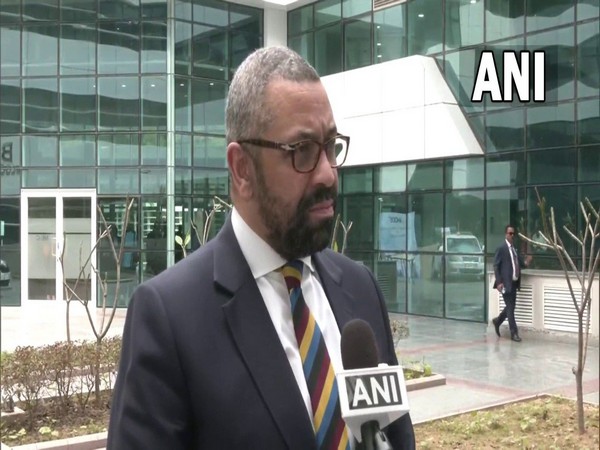Indian stocks fell Thursday during the morning trade in line with weakness in the US markets, which declined sharply overnight as the US Federal Reserve went ahead with its further monetary policy tightening to bring down inflation to its target even as volatility in the banking system continued due to recent collapse of some banks.
Monetary policy tightening in the form of interest rate hikes in the advanced economies is detrimental for India, and other developing countries, as investments tend to shift to those advanced countries where returns on investments are reasonable and stable. “U.S. stocks finished sharply lower in volatile trade on Wednesday after the Federal Reserve raised interest rates by another 25 basis points while noting that policymakers weren’t pencilling in rate cuts this year.
The decisions came despite recent stress in the banking industry following the collapse of two U.S. regional banks,” said Deepak Jasani, Head of Retail Research, HDFC securities.
At 9.22 am, both Sensex and Nifty were 0.5 per cent down each; with all, but the Nifty auto index, trading in the red.
The US monetary policy committee, seeking to achieve maximum employment and inflation at the rate of 2 per cent over the longer run, hiked the key interest rate by 25 basis points to 4.75-5.0 per cent.
“The U.S. banking system is sound and resilient. Recent developments are likely to result in tighter credit conditions for households and businesses and to weigh on economic activity, hiring, and inflation. The extent of these effects is uncertain. The Committee remains highly attentive to inflation risks,” the US monetary statement said, after the two-day deliberation that ended Wednesday (local time).
Prominent global lender in the world of technology startups, the Silicon Valley Bank collapsed on March 10 after a run on the bank, forcing the US federal government to step in. Regulators shut down the tech lender and put it under the control of the US Federal Deposit Insurance Corporation (FDIC).
After the latest hike, the committee anticipates that some “additional policy firming” may be appropriate in order to attain a stance of monetary policy that is sufficiently restrictive to return inflation to 2 per cent over time.
“In determining the extent of future increases in the target range, the Committee will take into account the cumulative tightening of monetary policy, the lags with which monetary policy affects economic activity and inflation, and economic and financial developments,” it added.
Going ahead, the Committee’s assessments will take into account a wide range of information, including readings on labour market conditions, inflation pressures and inflation expectations, and financial and international developments.
Consumer inflation in the US moderated in February to 6.0 per cent from 6.4 per cent the previous month, but the numbers are still way above the 2 per cent target. It was at 6.5 per cent in December, and 7.1 per cent the month before.
The US central bank’s policy rate, which is now in a target range of 4.75-5.0 per cent, the highest in 15 years, and notably, it was near zero in the early part of 2022. Raising interest rates typically help in cooling demand in the economy and thus helps in managing inflation.
Despite inflation moderating in recent months, the process of getting it back down to 2 per cent is still a long way away and the path was likely to be bumpy, US Federal Reserve Chair Jerome Powell earlier cautioned.
“Wall Street fell dramatically on Wednesday as the Federal Reserve raised interest rates by 25 basis points, as expected. Benchmark indexes fell in Japan, South Korea and Australia fell earlier,” said Om Mehra, Equity Research Analyst, at Choice Broking. (ANI)








